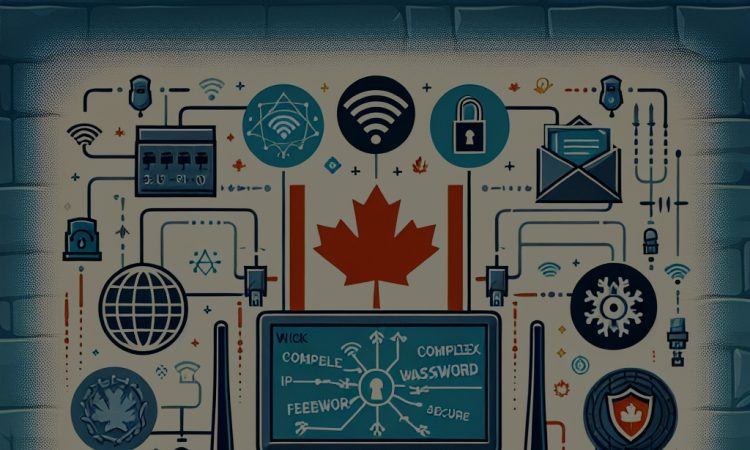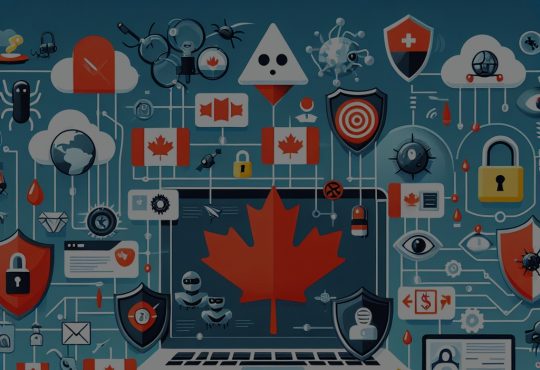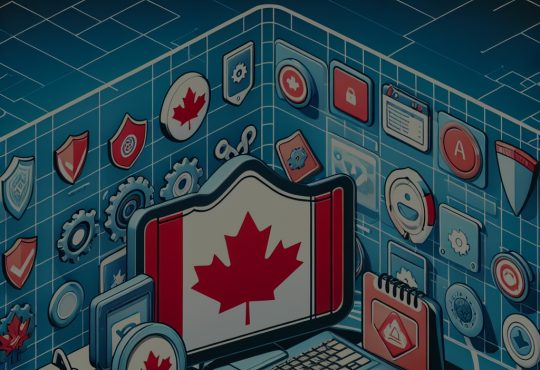
In an increasingly digital world, securing your home network has become more crucial than ever, especially for Canadians who are more reliant on technology for work, communication, and entertainment. With the rise of smart devices and an increase in cyber threats, ensuring the safety of your home network is not just a matter of convenience but a vital necessity. This article outlines essential steps to fortify your home network against potential vulnerabilities, safeguarding your personal information and digital assets.
Understanding the Importance of Home Network Security in Canada
The importance of home network security in Canada cannot be overstated. With a significant number of Canadians working remotely and participating in online activities, the home network has become a primary target for cybercriminals. In addition to personal data breaches, compromised home networks can lead to identity theft, financial fraud, and unauthorized access to sensitive information. Thus, understanding the threats posed by hackers and malware is the first step toward securing your digital environment.
Moreover, Canada’s diverse and expansive geography presents unique challenges for network security. With numerous Internet Service Providers (ISPs) and varying levels of service quality, maintaining a secure connection can be inconsistent. Cybersecurity threats do not respect borders, and a compromised home network can result in implications that extend beyond personal inconvenience, affecting friends, family, and even your professional contacts. By prioritizing home network security, Canadians can contribute to a broader culture of cybersecurity awareness.
In addition to personal privacy risks, unsecured home networks can also impact the security of connected devices. As smart home technology continues to gain popularity, devices such as smart thermostats, cameras, and even refrigerators may be left vulnerable to attacks. Not only can this lead to the theft of personal data, but it can also allow intruders to manipulate and control your devices. Thus, enhancing home network security is integral to protecting both personal and connected devices.
Lastly, Canadian legislation increasingly emphasizes the need for cybersecurity, with regulations and guidelines being developed to protect consumers and businesses alike. By understanding the importance of home network security, Canadians can take proactive steps to comply with new regulations while safeguarding their own interests. This not only benefits individual users but also strengthens the overall security landscape in Canada.
Key Strategies for Strengthening Your Home Wi-Fi Network
To effectively secure your home Wi-Fi network, begin by changing the default credentials of your router. Many devices come with universally known usernames and passwords, making them easy targets for unauthorized access. Choose a strong, unique password that combines letters, numbers, and special characters. This simple step can significantly improve your network’s security and deter potential intruders.
Additionally, configuring your router’s security settings is essential. Most routers offer WPA3 encryption, which is currently the strongest encryption standard available. Ensure that your network is using this or, at the very least, WPA2 security. Avoid older encryption standards like WEP, which are outdated and highly vulnerable to attacks. Regularly updating the router’s firmware will also help patch any vulnerabilities that could be exploited by cybercriminals.
Another effective strategy is to create a guest network for visitors and smart devices. By isolating your primary devices from those that may not have robust security, you minimize the risk of exposing sensitive information. A guest network allows you to provide internet access to guests without granting them access to your main devices, creating an added layer of security.
Furthermore, consider disabling features such as WPS (Wi-Fi Protected Setup) and remote management unless absolutely necessary. These features can provide convenient access but also pose security risks. Keeping your network as simple and secure as possible minimizes potential entry points for hackers and enhances your overall cybersecurity posture.
Best Practices for Ongoing Home Network Protection and Maintenance
Maintaining the security of your home network requires ongoing vigilance and proactive measures. Regularly updating passwords and user credentials for both your router and any connected devices is vital. Consider changing these passwords every few months. Such a practice helps to prevent unauthorized access, especially if any security breaches occur that could expose your credentials.
Monitoring your network for unauthorized devices is another crucial practice. Most modern routers come with features that allow you to see which devices are connected to your network. Regularly reviewing this list can help you identify any unfamiliar devices that may have gained access. If you notice anything suspicious, take immediate action to disconnect those devices and change your network password.
In addition to assessing connected devices, consider implementing a comprehensive antivirus solution on all your connected devices. This layer of protection can help detect and eliminate potential threats before they can cause harm. Many antivirus programs also offer additional features such as firewalls and intrusion detection systems, which provide further safeguards for your home network.
Lastly, staying informed about the latest cybersecurity trends and threats is essential for ongoing protection. Cybersecurity is a rapidly evolving field, and new vulnerabilities are constantly being discovered. Regularly educating yourself about potential risks, software updates, and best practices can empower you to make well-informed decisions about your home network security. This knowledge will not only protect your home network but also contribute to a safer digital environment for all Canadians.
Securing your home network is a fundamental responsibility for every Canadian in our increasingly connected world. By understanding the various threats, employing key strategies to strengthen your Wi-Fi network, and adhering to best practices for ongoing protection and maintenance, you can effectively safeguard your personal information and devices. The steps outlined in this article provide a comprehensive framework for securing your home network, ensuring peace of mind in your digital lifestyle. Prioritizing cybersecurity is not just about protecting yourself, but also about contributing to a safer community for everyone.






